
In a perfect world, Hebron would be a showcase of co-existence. The city in the southern section of the Palestinian West Bank is built around the burial plot of Abraham, the patriarch from which Judaism, Christianity and Islam all descend. But even on its best days, Hebron is a cauldron. And Lorenzo Tugnoli showed up during the worst time in years.
When the Italian photojournalist arrived on Nov. 1, what some are calling the “third Intifadeh,” or uprising, was well underway, especially in Hebron and in East Jerusalem, 18 miles to the north. Tugnoli would spend time with a Palestinian family in the historic heart of the city, a warren of stone buildings where the most combustible elements of the Israeli-Palestinian conflict come together: Ordinary Palestinians, intensely ideological Israeli Jews, who have settled in a handful of houses, and, finally, Israeli soldiers, on hand to guard the settlers.
Friction is a way of life, perhaps best appreciated by the hurricane fence atop the neighborhood’s main pedestrian route: the mesh ceiling was installed to protect Palestinians from the garbage that settlers throw toward them from their windows, along with epithets.
“I’m trying to tell the story of that part of town, the neighborhood that’s closed for the settlements,” Tugnoli says. He’s familiar with conflict areas. Tugnoli moved to the Middle East after years in Afghanistan. Between assignments, mostly for the Washington Post, he gathered enough intimate moments to fill The Little Book of Kabul. But he wanted to go deeper.
“Basically, what’s happened is after spending lots of time in Afghanistan, I want to try to develop some kind of photographic voice that is more personal,” he says.
In Hebron, that meant embedding with the Quneibi family. “The hand of the little boy holding this metal fence, that’s the place where I was living. I had a room there and you can hear the Israeli soldiers speaking between them all night, because they have like guard posts on that roof. They are bored at night so they talk to each other.”
Tugnoli got to know some of the soldiers, but his photographs of necessity capture the reality of the Palestinians—the tear gas canisters cascading toward you; the rangy teenagers hefting the rocks they throw in turn. Those exchanges, though hardly Kabuki, have a familiar feel. The terrifying new element—in the absence of any meaningful political outlet—is scores of sudden, apparently random attacks, often with knives, by young Palestinians against Israeli civilians and soldiers.
“Basically what’s happening now is the young guys, something snaps, and they just get out there and stab somebody,” Tugnoli says. “They don’t tell their family, they don’t have party affiliation. They’re just angry. It’s a kind of a suicidal mission, with a knife.”
In a city living on a hair trigger in the best of times, the consequences are not easily controlled. The photo of the dead man, wrapped in khafiyas (slide 11), was a driver caught in the crossfire at a checkpoint where a Palestinian tried to run down an Israeli soldier. “This guy, who was a bystander really, becomes a martyr,” Tugnoli said. “He got the full martyr treatment. He’s not a militant, but he’s made into an actor of war. Because everybody is—just because you are there.”
Lorenzo Tugnoli is a photographer based in Beirut. Follow him on Instagram @lorenzotug.
Andrew Katz, who edited this photo essay, is an international multimedia editor at TIME. Follow him on Twitter @katz.
Karl Vick is an Editor-at-Large at TIME. He previously served as Jerusalem Bureau Chief. Follow him on Twitter @karl_vick.

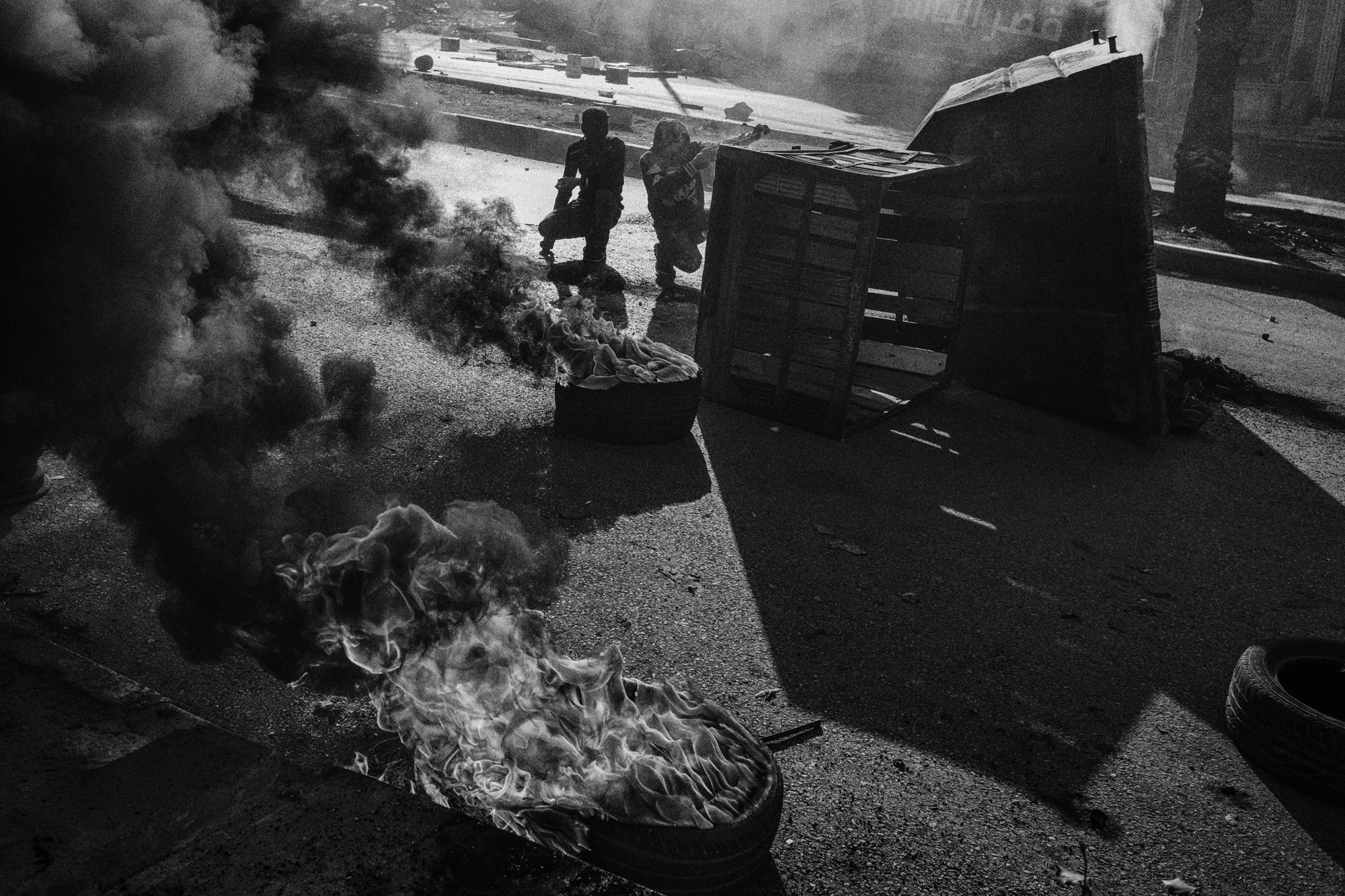


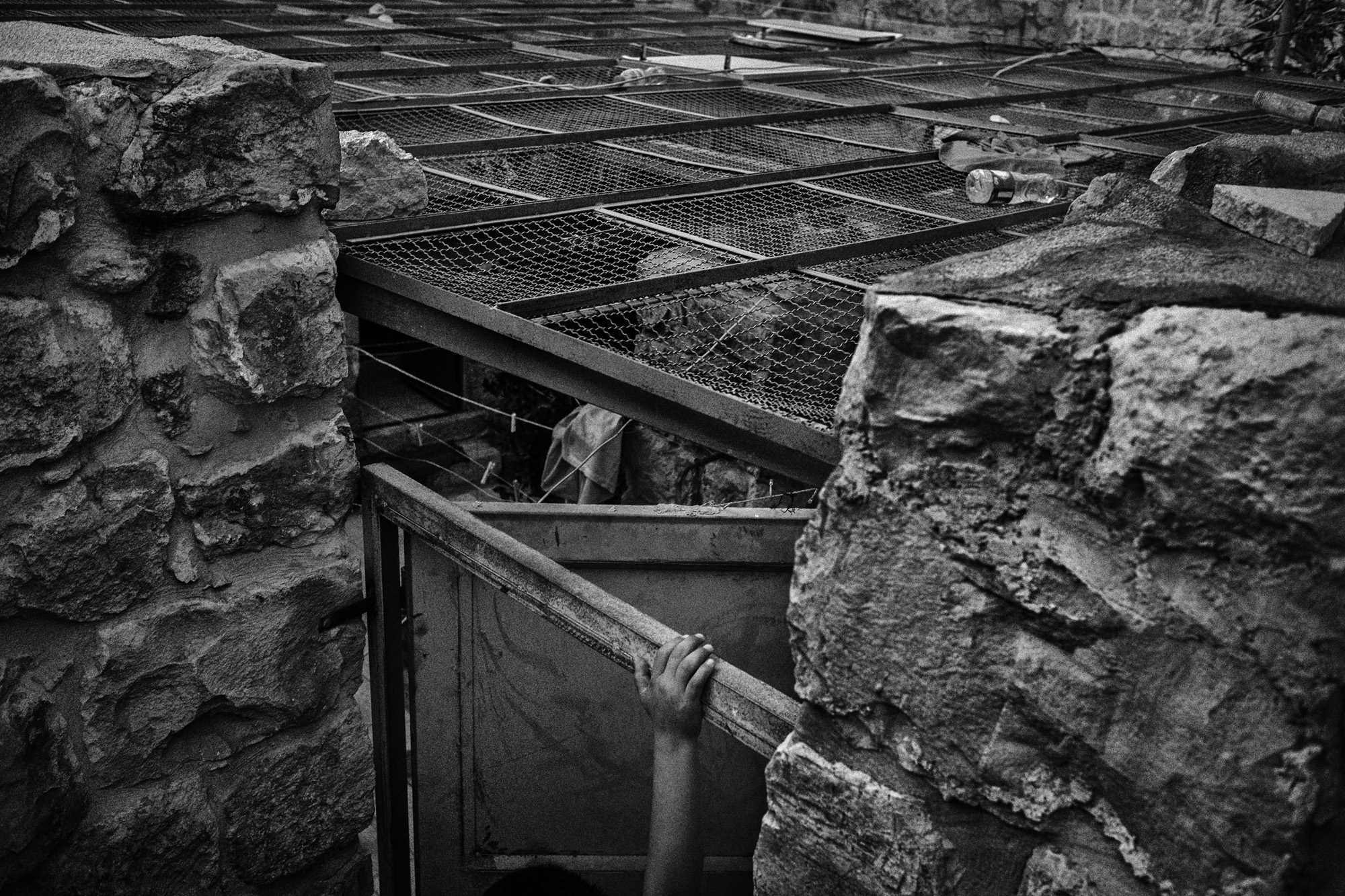
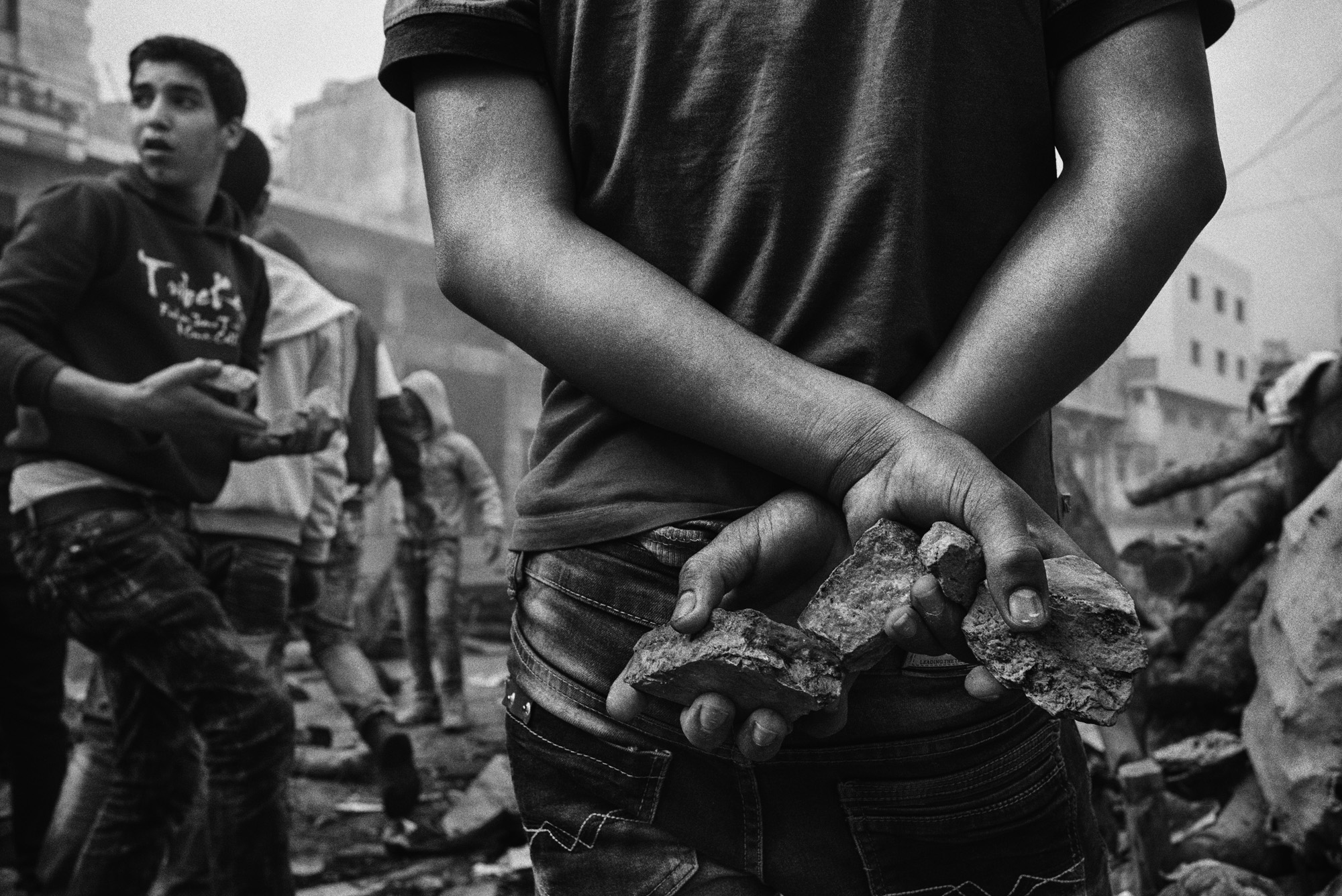
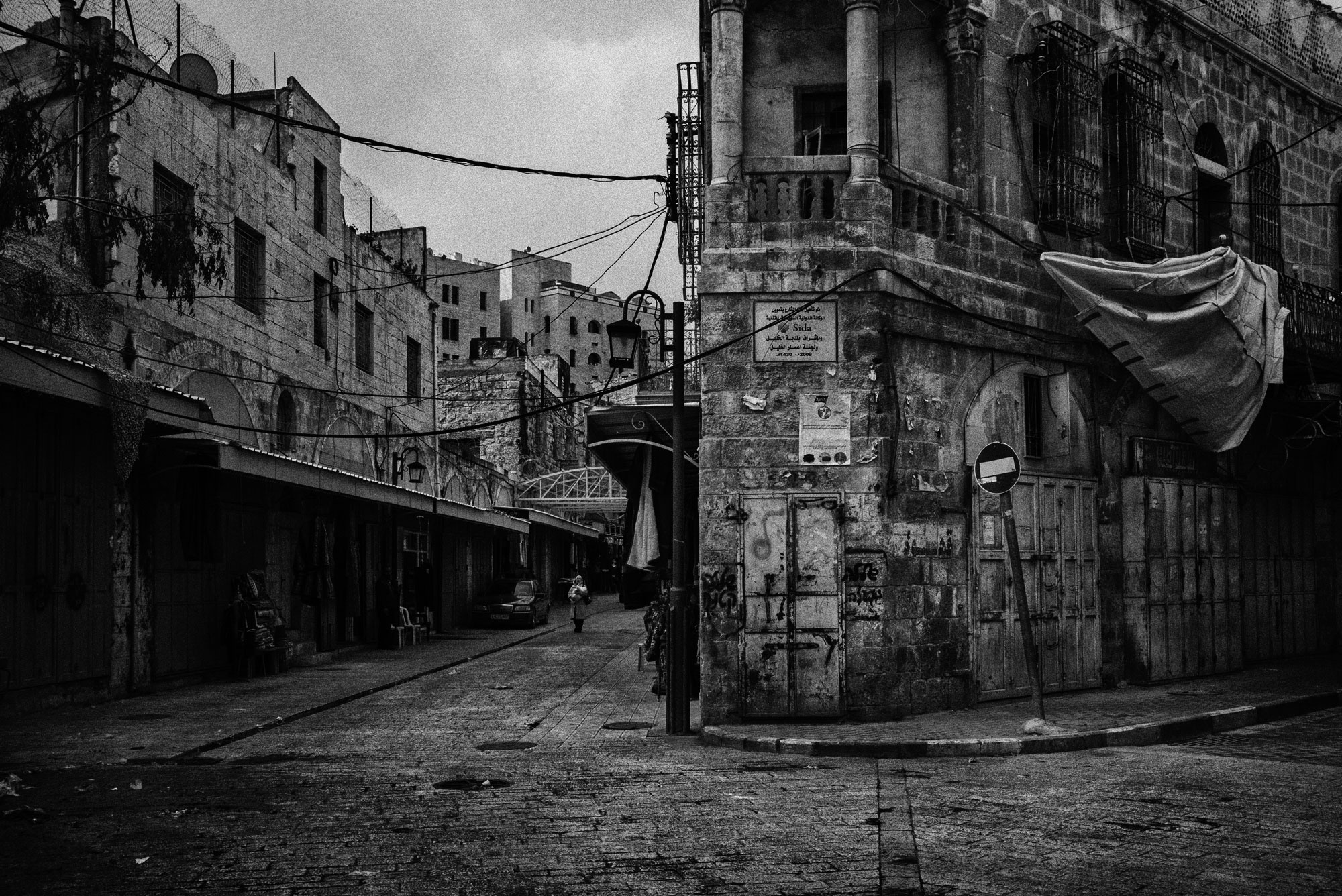

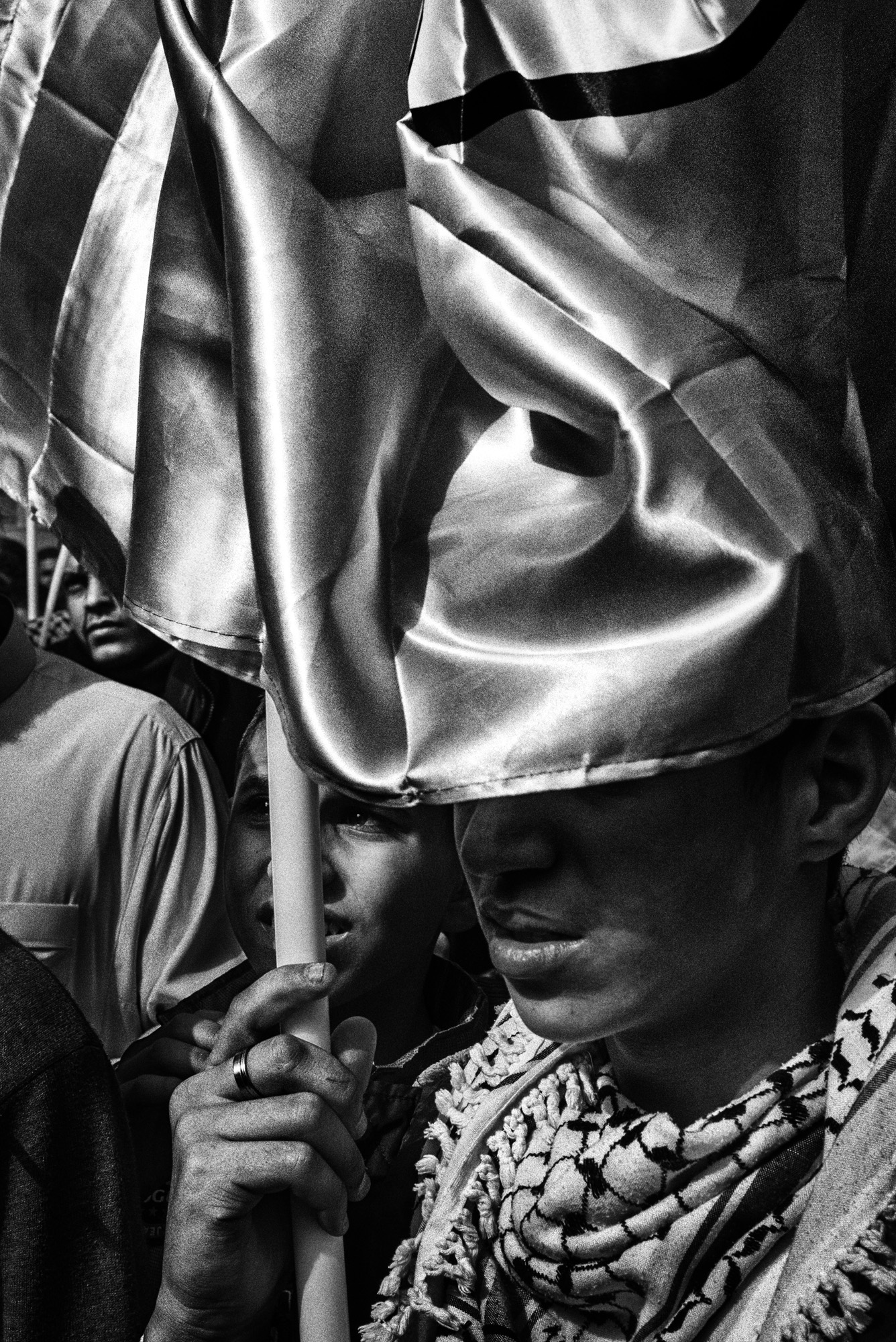


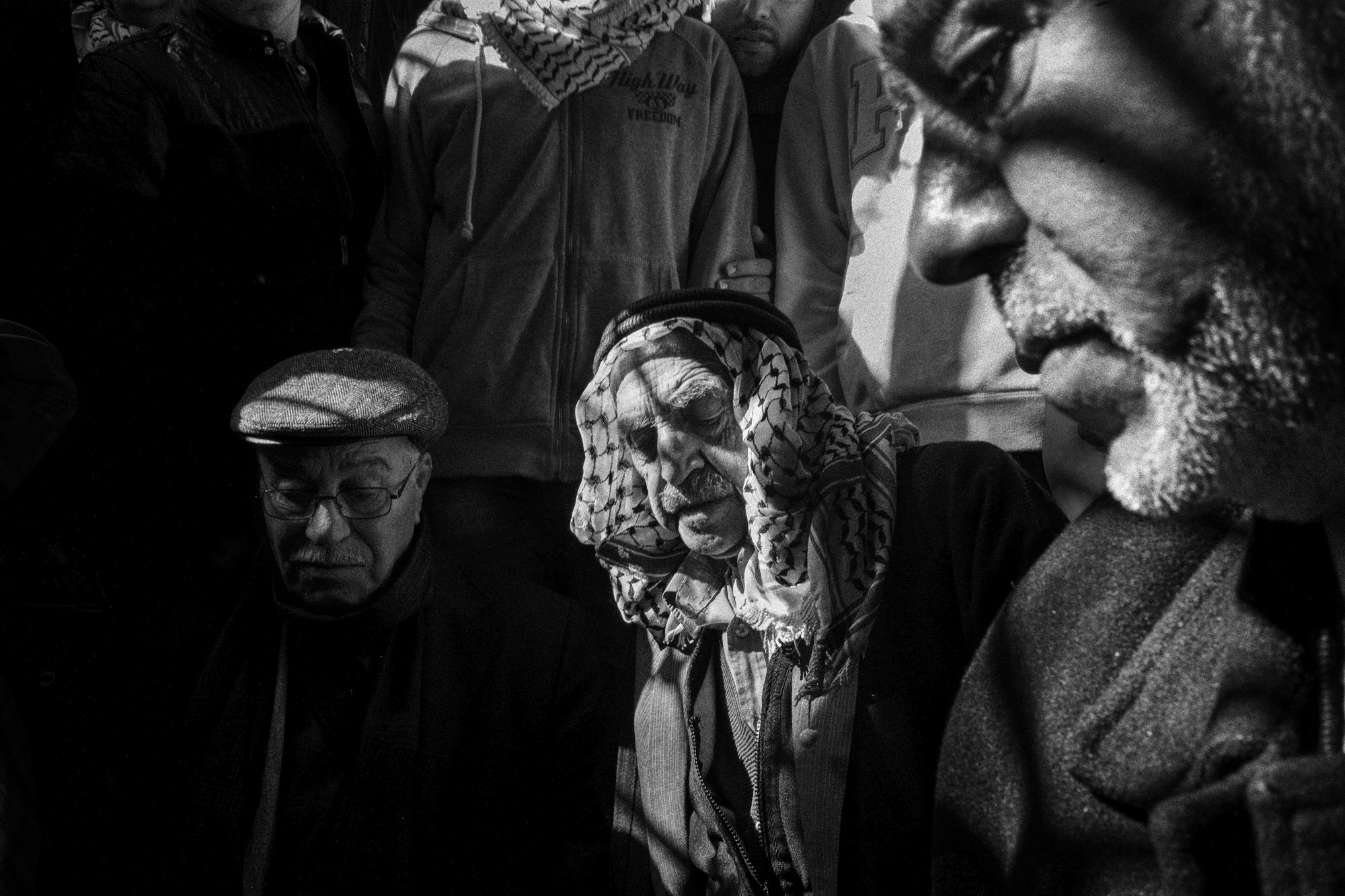
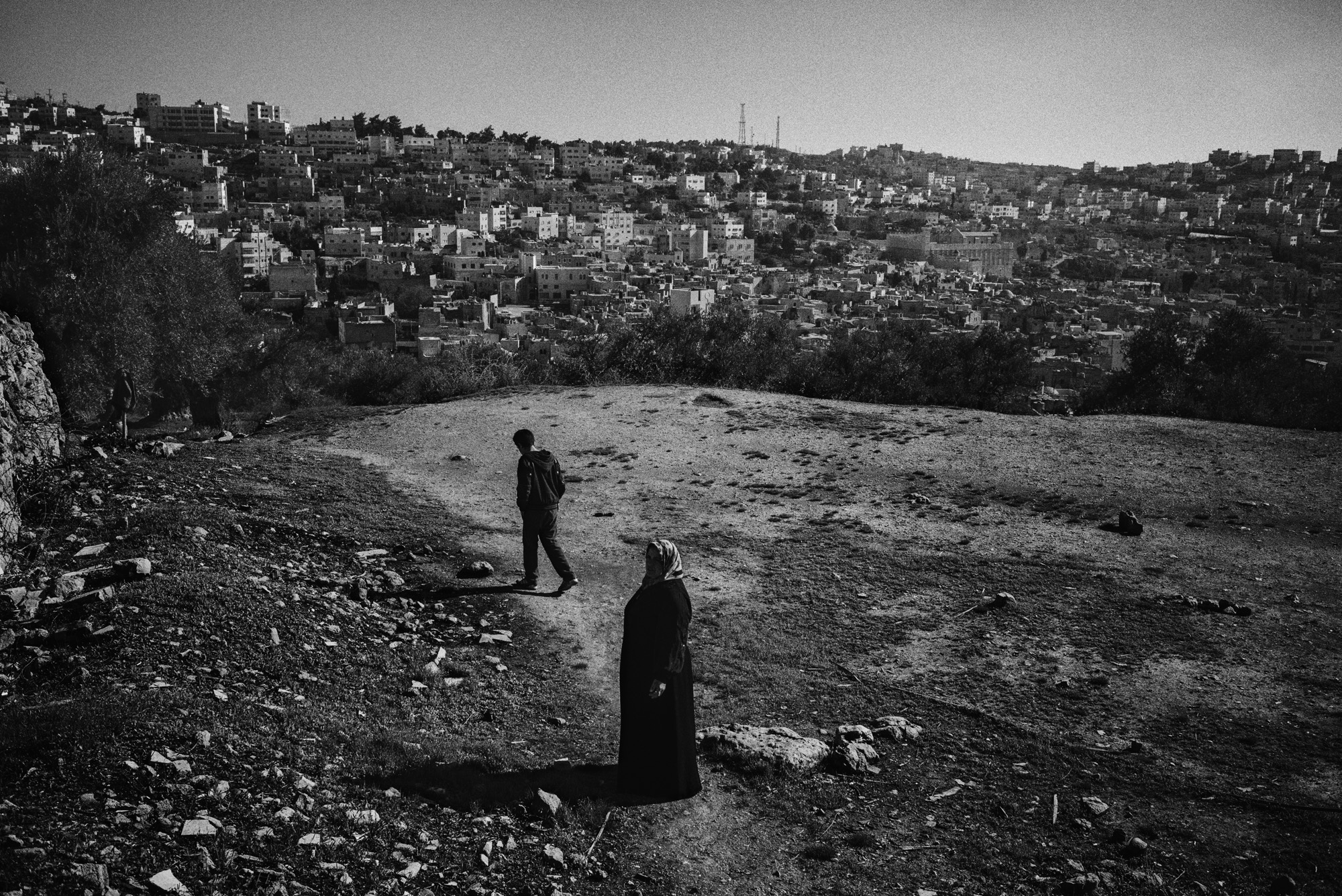
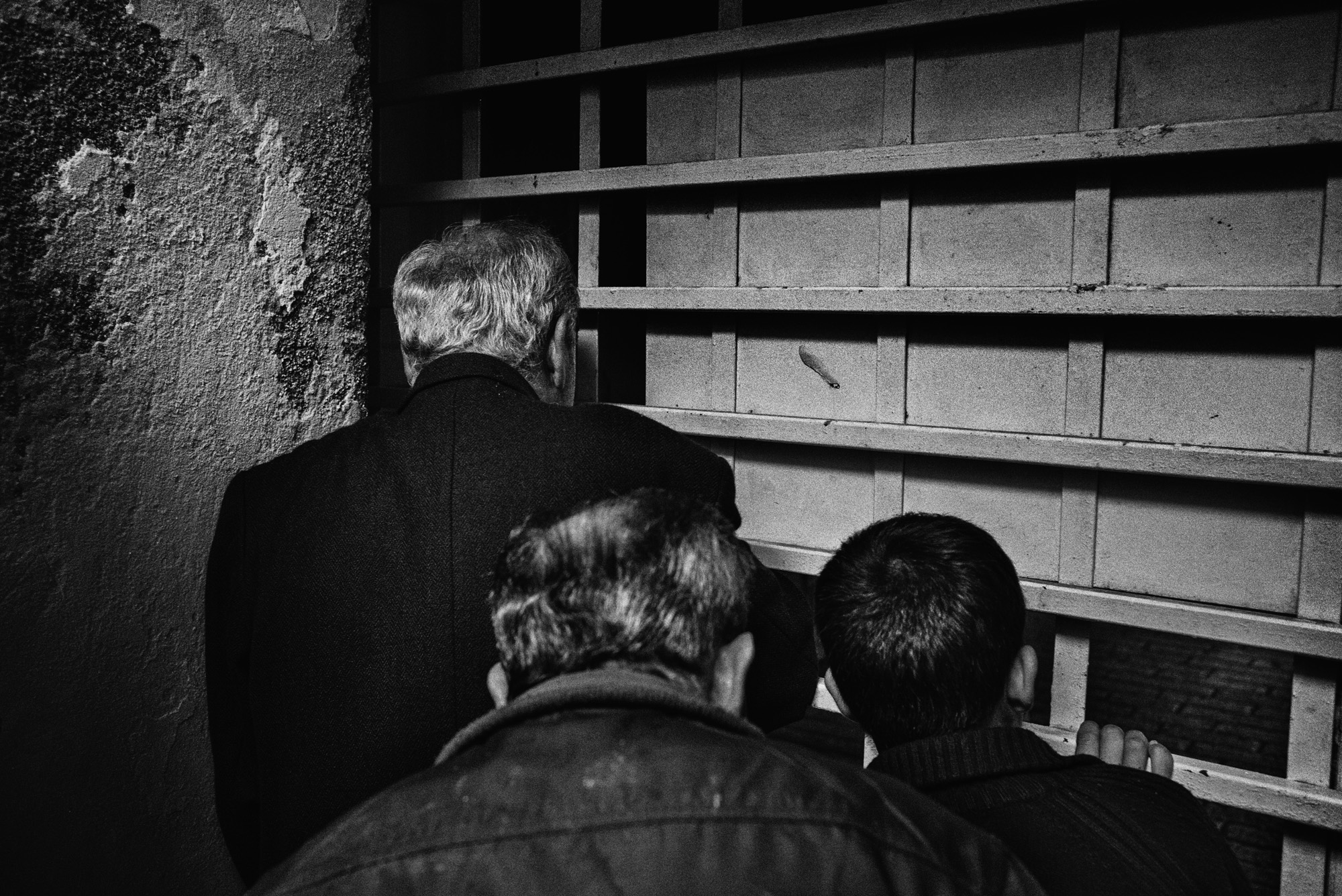
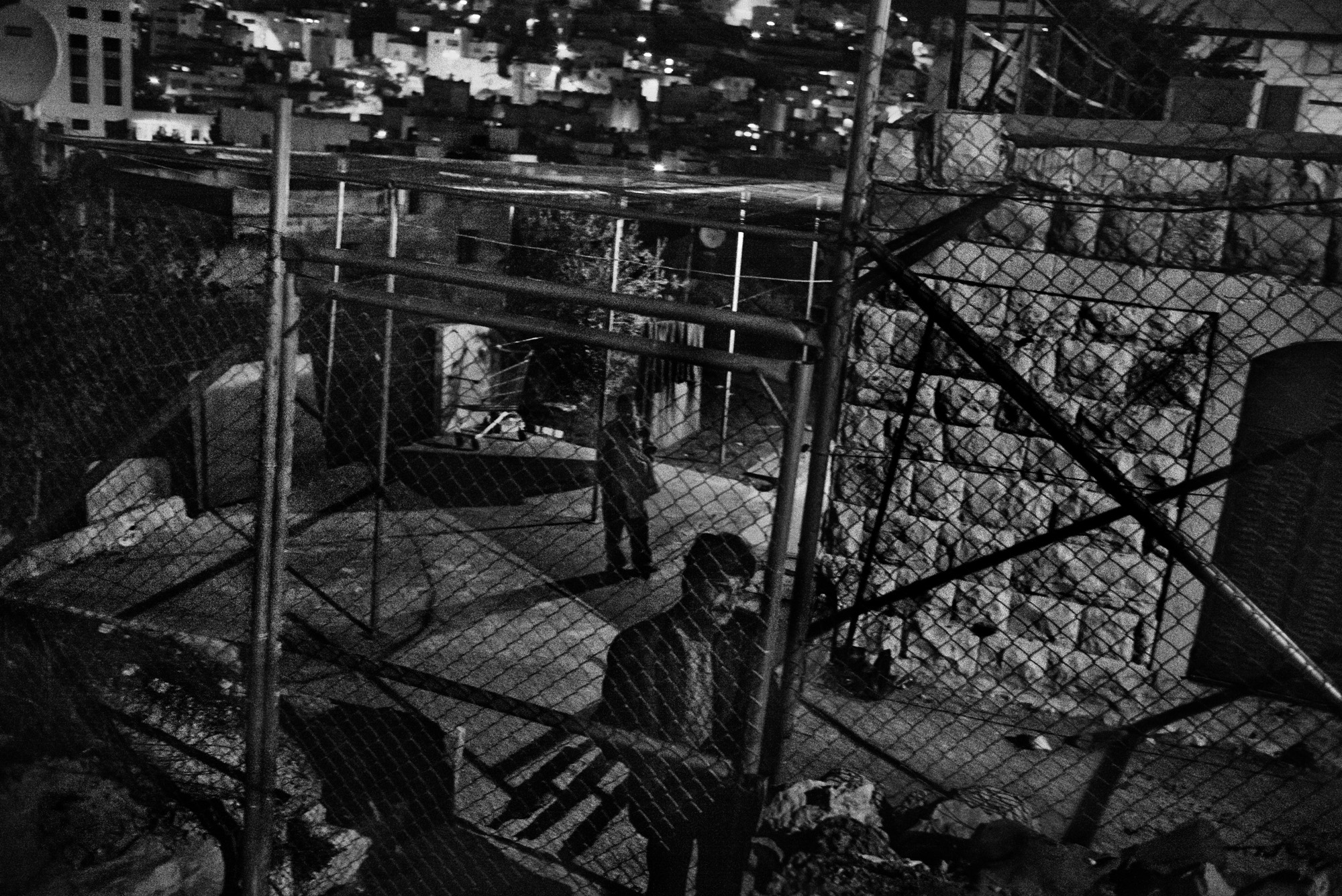
More Must-Reads from TIME
- Why Trump’s Message Worked on Latino Men
- What Trump’s Win Could Mean for Housing
- The 100 Must-Read Books of 2024
- Sleep Doctors Share the 1 Tip That’s Changed Their Lives
- Column: Let’s Bring Back Romance
- What It’s Like to Have Long COVID As a Kid
- FX’s Say Nothing Is the Must-Watch Political Thriller of 2024
- Merle Bombardieri Is Helping People Make the Baby Decision
Contact us at letters@time.com